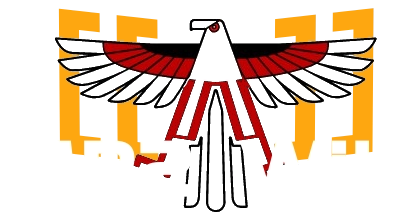Wheel Hop
The suspension and engine are connected to the rest of the car with flexible, rubber bushings and mounts. This flex kills vibrations, but it also produces a secondary, unwanted, oscillatory mechanical system. Normally, this system isn’t acted on in such a way that it oscillates. When launching, the weight transfers to the rear of the car, reducing traction in the front. As the front tires break traction, the forces on the suspension and engine also change, setting them into motion. When the tires grab again, the forces change back the other way, now applied to a system already in motion. Now we have an oscillating force applied to an oscillating system, much like a hitting a paddleball. If you apply force to the paddle to match the natural frequency of the ball attached to the elastic string, you can keep that system going all day. With wheel hop, the motion of the system feeds back to the wheels, causing the oscillating force to sync up with it. This will also go on all day (until you reduce throttle or the transmission falls apart). This can be caused/increased by bad motor mounts or suspension bushings.
